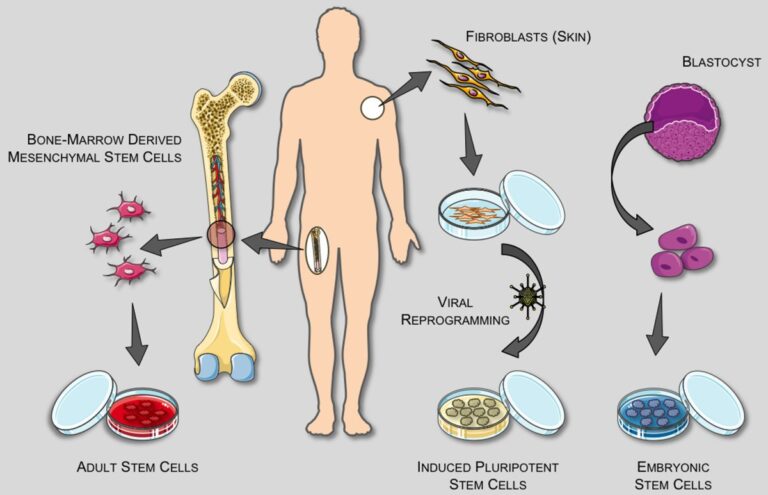Bagless vacuum cleaners are increasingly popular among environmentally-conscious consumers. The question is, do they really live up to the claim of being more environmentally friendly? The environmental benefits of bagless vacuums largely stem from their design.
Unlike traditional vacuums, bagless models don’t require disposable bags. This reduces the need for single-use materials, which in turn helps decrease waste. But is this enough to call them truly eco-friendly?
Bagless vacuums help by eliminating one source of waste: the vacuum bag. Over time, vacuum bags can pile up in landfills, adding to the growing problem of non-biodegradable waste. By choosing a bagless option, you’re already reducing the volume of your household trash.
However, it’s important to note that the overall impact of a bagless vacuum goes beyond the absence of bags. Factors like energy efficiency, longevity, and maintenance requirements also play a key role in determining their environmental friendliness.
The Materials Used in Bagless Vacuums
To assess whether bagless vacuums are a better option, you need to consider the materials used in their construction. Most vacuums, bagless or not, are made from plastic and metal.
While eliminating disposable bags is an advantage, the overall environmental footprint includes how the device is produced and disposed of. If a vacuum is not durable, it could end up being replaced sooner, which negates some of the environmental benefits.
Reducing Long-Term Costs and Energy Consumption
Another advantage of bagless vacuums is their ability to reduce long-term costs. You no longer have to buy replacement bags. This can save money over time. But from an environmental perspective, this advantage can be minor compared to energy usage.
Many modern vacuums, including some robot vacuum models, come with advanced energy-efficient technologies that minimize power consumption. These energy-saving features reduce the overall carbon footprint of the cleaning process.
When thinking about sustainability, it’s also important to consider how often you’ll need to clean or replace the filter. Bagless models usually have reusable filters, but these still require maintenance. If the filter needs frequent cleaning or replacing, this can counterbalance the environmental benefits. Proper maintenance and care of your bagless vacuum can extend its life, making it a more sustainable choice. On the other hand, failing to maintain the device could mean it breaks down sooner, leading to the need for a new machine.
Are Bagless Vacuums Truly Sustainable?
Choosing a bagless vacuum may feel like an eco-friendly decision, but it’s essential to look at the bigger picture. Although you’ll eliminate the need for disposable bags, the manufacturing process, materials, and energy efficiency all contribute to the overall environmental impact.
This is where advanced cleaning technology comes into play. Devices like the robot vacuum offer a new level of energy efficiency, reducing power usage while still maintaining high performance.
Dust and Allergen Filtration
Another thing to think about is how well the vacuum traps dust and allergens. Many modern models are designed with filters that can capture tiny particles, improving air quality in your home. Some bagless vacuums have high-efficiency particulate air (HEPA) filters, which are excellent for people with allergies.
However, the environmental aspect of replacing or cleaning these filters still matters. Ideally, you’ll want a vacuum with a long-lasting filter that requires minimal replacement over time.
Conclusion
In conclusion, bagless vacuum cleaners offer a clear advantage by reducing the need for disposable bags. They can also be cost-effective and energy-efficient, which helps reduce their environmental footprint.
However, their sustainability depends on various factors, such as how well they’re maintained and the materials used in production. While bagless models may be a step in the right direction, they are not a complete solution to the environmental impact of vacuuming.
Opting for energy-efficient options like a robot vacuum can further reduce your carbon footprint, making your home cleaning routine more eco-friendly overall.


























+ There are no comments
Add yours